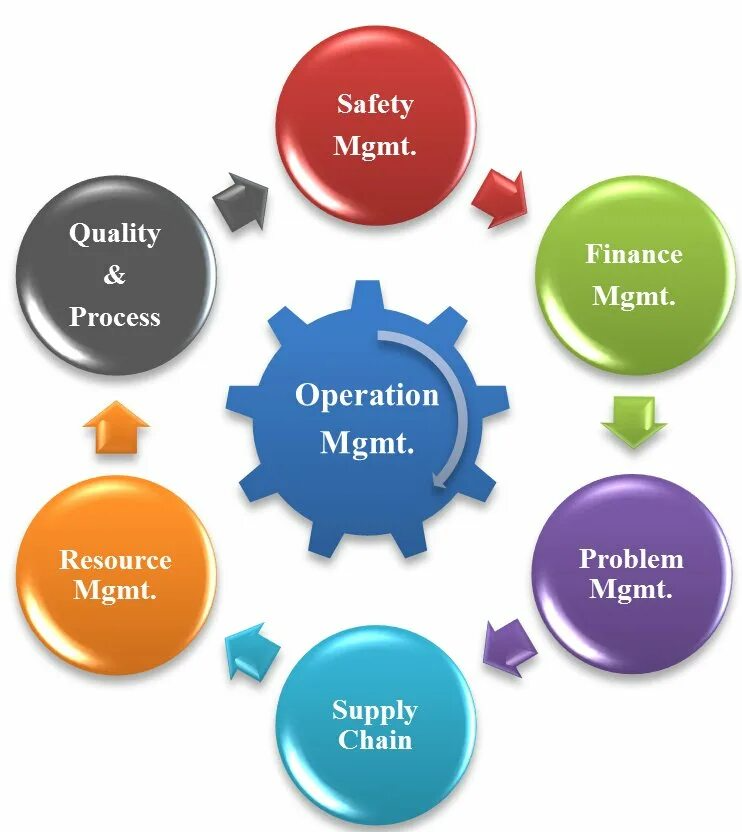Hierarchical Condition Category (HCC) coding plays a vital role in healthcare, particularly for providers and organizations participating in value-based payment models and risk-adjusted reimbursement programs. Its importance lies in several key areas:
Hierarchical Condition Category (HCC) coding plays a vital role in healthcare, particularly for providers and organizations participating in value-based payment models and risk-adjusted reimbursement programs. Its importance lies in several key areas:
Let HealthGrade Solutions show you how to maximize your reimbursements with expert HCC coding—whether you operate within a PACE program or not. Our proven strategies help optimize RAF scores, ensure compliance, and secure the full reimbursements you deserve.
Contact us today for assessment of your practice or facility:
info@healthgradesoltions.com
Risk-Adjusted Payments: HCC coding determines the risk score for patients, impacting reimbursement rates from Medicare Advantage, Medicaid, and other payers. Accurate coding ensures payments reflect the true complexity of patient care.
Preventing Revenue Loss: Failing to capture all relevant HCC codes leads to underpayments, while over-coding can result in audits and penalties.


Risk-Adjusted Payments: HCC coding determines the risk score for patients, impacting reimbursement rates from Medicare Advantage, Medicaid, and other payers. Accurate coding ensures payments reflect the true complexity of patient care.
Preventing Revenue Loss: Failing to capture all relevant HCC codes leads to underpayments, while over-coding can result in audits and penalties.

Avoiding Audit Risks: Medicare and other regulatory bodies review HCC coding accuracy. Proper coding helps reduce the risk of financial penalties due to non-compliance.
Compliance with Documentation Standards: Proper HCC coding requires comprehensive and precise clinical documentation to support diagnoses.
Avoiding Audit Risks: Medicare and other regulatory bodies review HCC coding accuracy. Proper coding helps reduce the risk of financial penalties due to non-compliance.
Compliance with Documentation Standards: Proper HCC coding requires comprehensive and precise clinical documentation to support diagnoses.

Better Resource Allocation: Risk-adjusted coding helps identify high-risk patients, enabling better allocation of resources and tailored care management.
Enhanced Chronic Disease Management: Accurate coding of chronic conditions leads to better monitoring and proactive management of long-term health issues.


Better Resource Allocation: Risk-adjusted coding helps identify high-risk patients, enabling better allocation of resources and tailored care management.
Enhanced Chronic Disease Management: Accurate coding of chronic conditions leads to better monitoring and proactive management of long-term health issues.

Accurate Quality Measure Reporting: HCC coding affects performance metrics in value-based care programs, influencing hospital rankings and provider incentives.
Data Integrity for Analytics: Reliable coding data improves the accuracy of healthcare analytics and population health management initiatives.
Accurate Quality Measure Reporting: HCC coding affects performance metrics in value-based care programs, influencing hospital rankings and provider incentives.
Data Integrity for Analytics: Reliable coding data improves the accuracy of healthcare analytics and population health management initiatives.

Predicting Healthcare Costs: HCC models are used to estimate the cost of care based on patient risk factors, supporting financial sustainability in risk-sharing agreements.
Informing Value-Based Contracting: Providers engaged in alternative payment models rely on HCC coding to negotiate fair, risk-adjusted contracts.


Predicting Healthcare Costs: HCC models are used to estimate the cost of care based on patient risk factors, supporting financial sustainability in risk-sharing agreements.
Informing Value-Based Contracting: Providers engaged in alternative payment models rely on HCC coding to negotiate fair, risk-adjusted contracts.

HCC coding is fundamental to financial health, regulatory compliance, and quality care in modern healthcare systems. By prioritizing accurate HCC coding and comprehensive documentation, providers can optimize reimbursement, improve patient outcomes, and reduce compliance risks.
HealthGrade Solutions also works with (PACE) which is a Medicare and Medicaid program that provides medical and social services to older adults. PACE helps people stay in their homes and communities instead of going to a nursing home.